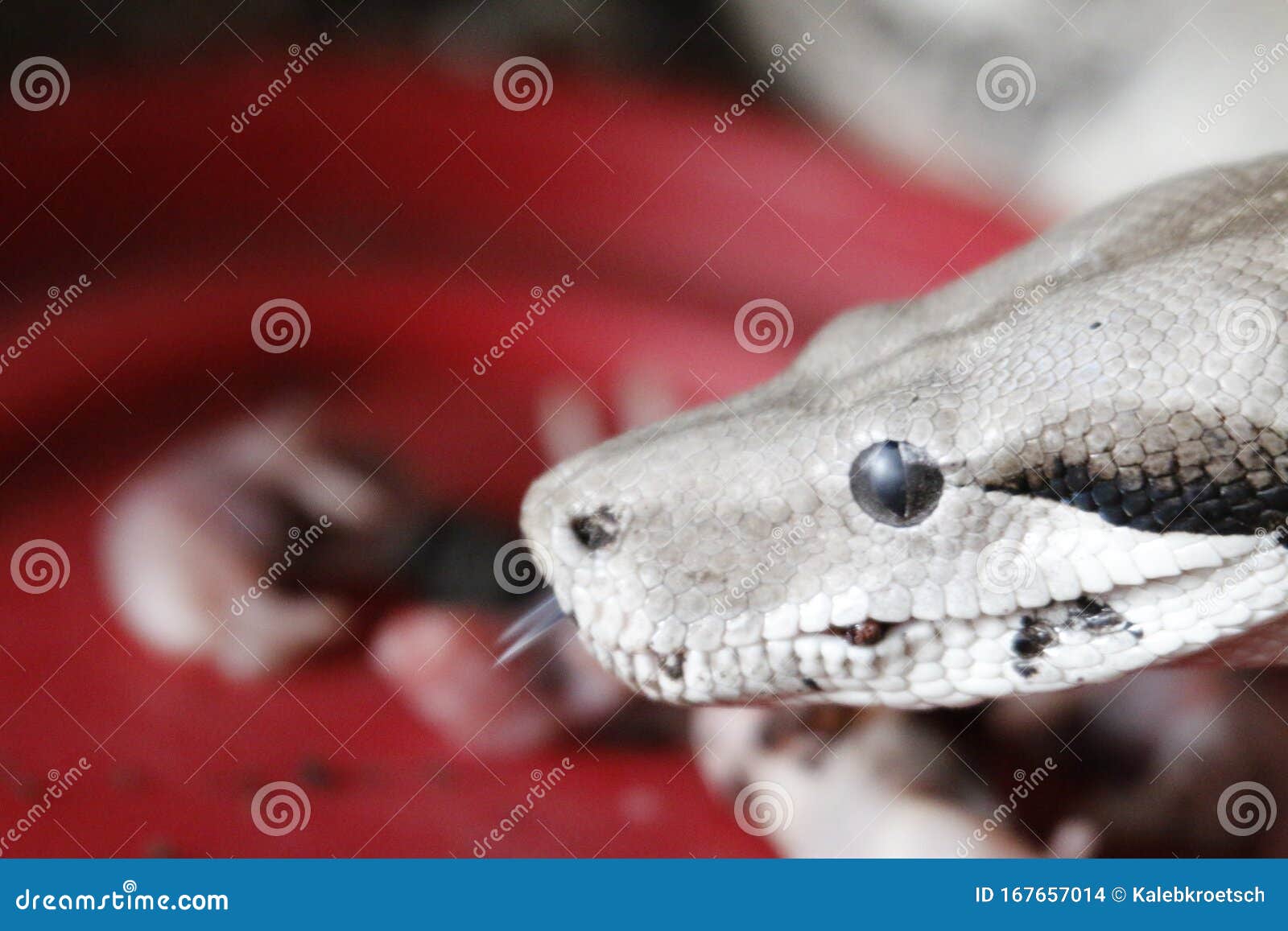

Don’t be alarmed if your snake spends most of its time on the cool or mid-range area boas typically only use the hot spot for digesting after a meal. This will make sure that there is an area of cooler temperatures that your boa can retreat to on the opposite side of its habitat. The best way to create a temperature gradient for your boa will be to place the heat source on one side of the enclosure.

Tools for creating the perfect boa constrictor temperature gradient: “Thermoregulation in the boa constrictor Boa constrictor.” Herpetologica 25.1 (1969): 38-45. “Ecological correlates and patterns in the distribution of Neotropical boines (Serpentes: Boidae): a preliminary assessment.” Herpetological Natural History 3 (1995): 1.
:max_bytes(150000):strip_icc()/boa-constrictor-501553860-7d2ff25326ec40e3825c3938e364a739.jpg)
“Intrapopulation variation in life history traits of Boa constrictor occidentalis in Argentina.” Amphibia-Reptilia 24.1 (2003): 65-74. The hottest areas will be closest to the heat source, and the coolest areas will be farthest from the heat source.
#Common boa constrictor full#
The key is to create a full temperature gradient so your snake can warm up and cool down as desired. Do you think that nature always stays at the perfect temperature? Of course not, and these animals are adapted to deal with the fluctuations of their region without getting sick. This temperature range contradicts what most keepers assert as “the best,” but proves that with correct husbandry, these animals are hardier than previously thought. Wild boa constrictors have been recorded active at temperatures as low as 62☏ (17☌) and up to 104☏ (40☌) between the hours of 7am and 7pm, although most of the data is clustered between 90☏ (32☌) and 66☏ (19☌). Experts recommend a 14-hour day during summer and then a drop to 75-78☏ (24-26☌) air temperature during winter, with an 8 hour day. constrictor particularly benefits from seasonal fluctuations in temperature, even if a keeper does not intend to breed. If your room temps get lower than this at night, you will need a thermostat-regulated, lightless heat source to supplement. According to climate data from boa constrictor habitat, boas are likely to be able to easily endure night drops as low as 68☏/20☌. Heating devices should be turned off at night to cause a nightly drop in temperature, which evidence suggests is the best practice for the long-term health of the animal. Overall your boa constrictor enclosure should have different areas that range from 75☏ to 90☏ for a complete thermal gradient. Reptiles are incredible because their bodies can tolerate a wide range of temperatures - in fact, experiencing changes in temperature over the course of a day and depending on location is very healthy for a reptile.īut that’s what life is like for reptiles, and since your boa isn’t in the wild, it’s your job to supply a stable heat source that they can use as needed.īoa constrictors have been proven to do well within this temperature gradient:
#Common boa constrictor skin#
Hunted for their fine, ornate skin and for sale in the exotic pet trade, some boa constrictors have protected status in their range.Reptiles can’t be kept in the same conditions as a dog or cat because they are cold-blooded, which means that they rely on their environment to regulate their body temperature. The largest boa constrictor ever found measured 18 feet. Boas are about 2 feet long when they are born and grow continually throughout their 25 to 30-year lifespan. Reproduction and Conservationįemale boas incubate eggs inside their bodies and give birth up to 60 live babies. Their jaws can stretch wide to swallow large prey whole. Boas will eat almost anything they can catch, including birds, monkeys, and wild pigs. Their jaws are lined with small, hooked teeth for grabbing and holding prey while they wrap their muscular bodies around their victim, squeezing until it suffocates. Significantly smaller than anacondas, boas can grow up to 13 feet long and weigh more than 100 pounds. Like their anaconda cousins, they are excellent swimmers, but prefer to stay on dry land, living primarily in hollow logs and abandoned mammal burrows. Behaviorīoas are nonvenomous constrictors found in tropical Central and South America. Depending on the habitat they are trying to blend into, their bodies can be tan, green, red, or yellow, and display cryptic patterns of jagged lines, ovals, diamonds, and circles.

Boa constrictors wear some of the most distinctive markings of all reptiles.


 0 kommentar(er)
0 kommentar(er)
